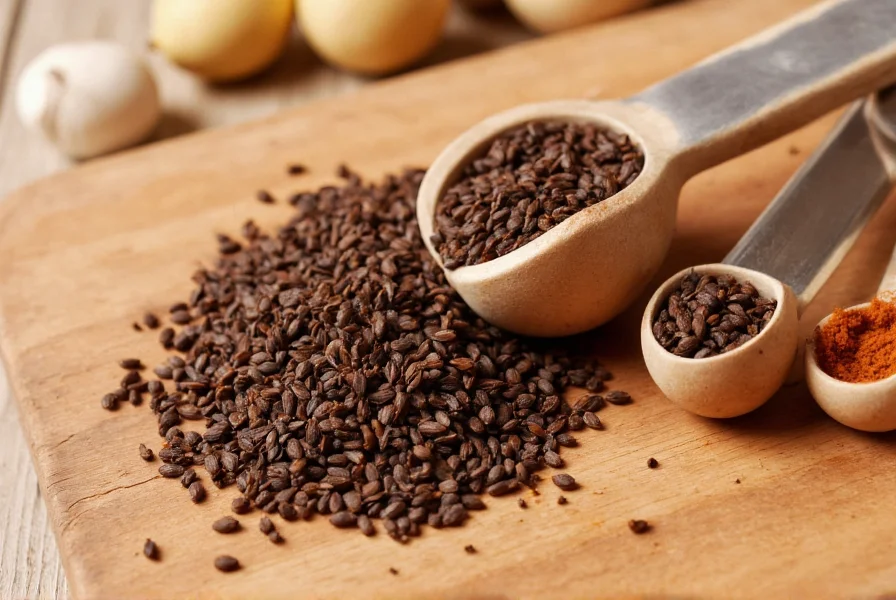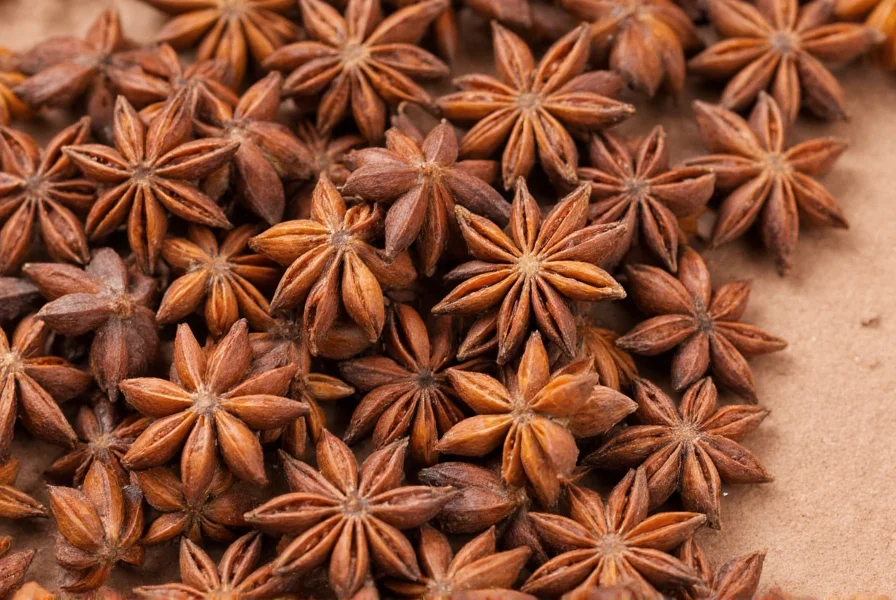Anise flavor comes from the seeds of Pimpinella anisum, a flowering plant in the celery family. The distinctive sweet, licorice-like taste is primarily due to anethole, a compound making up 80-90% of anise essential oil. This natural flavor profile has been used for thousands of years in culinary applications, traditional medicine, and beverage production across Mediterranean, Middle Eastern, and Latin American cultures.
Anise flavor represents one of the world's oldest known spice profiles, with historical records dating back to ancient Egyptian and Roman civilizations. The characteristic taste emerges from phenylpropenes, particularly trans-anethole, which activates specific sweet and licorice-sensitive receptors on the human tongue. Unlike artificial licorice flavors, genuine anise provides complex aromatic notes including subtle floral, herbal, and warm spice undertones that evolve during cooking.
Botanical Origins and Chemical Composition
Anise (Pimpinella anisum) grows as an annual herb reaching 2-3 feet in height, producing small white flowers and distinctive crescent-shaped seeds. These seeds contain 1.5-6% essential oil, with trans-anethole comprising the majority of this oil. The remaining components include estragole, limonene, and various terpenes that contribute to anise's multidimensional flavor profile.
When evaluating what gives anise its distinctive flavor, food scientists note that anethole's solubility changes with temperature. This explains why anise flavor intensifies when heated in cooking applications but may diminish in cold preparations unless properly extracted. The flavor compounds bind effectively with fats and alcohols, making anise particularly valuable in liqueurs and rich sauces.
Anise Flavor Compared to Similar Profiles
| Flavor Source | Primary Compound | Flavor Profile | Culinary Applications |
|---|---|---|---|
| Anise (Pimpinella anisum) | Anethole (80-90%) | Sweet, warm, licorice-like with herbal notes | Mediterranean baking, Middle Eastern dishes, liqueurs |
| Star Anise (Illicium verum) | Anethole (80-90%) | Sharper, more intense licorice with woody notes | Chinese five-spice, pho broth, mulled wines |
| Fennel (Foeniculum vulgare) | Anethole (50-70%) | Milder, sweeter, with distinct herbal freshness | Italian sausages, fish dishes, salads |
| Licorice Root (Glycyrrhiza glabra) | Glycyrrhizin (50x sweeter than sugar) | Intensely sweet with earthy, woody notes | Candies, traditional medicines, tobacco flavoring |
Understanding the difference between anise and star anise flavor proves crucial for precise recipe execution. While both contain similar compounds, star anise delivers a more intense, slightly bitter profile suitable for long-cooked dishes, whereas true anise offers a sweeter, more delicate flavor ideal for baking and lighter preparations. Fennel seeds provide the mildest anethole-based flavor, often used when a subtle licorice note is desired without overwhelming other ingredients.

Culinary Applications of Anise Flavor
Chefs worldwide incorporate anise flavor into diverse culinary traditions. In Mediterranean cuisine, anise seeds enhance biscotti, pizzelles, and Greek melekouni cookies. Middle Eastern cooks use anise in ma'amoul pastries and as a seasoning for lamb dishes. Mexican recipes feature anise in arroz con leche and certain mole sauces. The flavor's versatility extends to savory applications where it complements tomato-based sauces, roasted vegetables, and braised meats.
When working with anise flavor in baking recipes, proper preparation maximizes flavor release. Toasting whole seeds before grinding intensifies their aroma, while blooming ground anise in warm liquid ingredients extracts maximum flavor. For consistent results in pastry applications, many professional bakers recommend using 1/4 to 1/2 teaspoon of ground anise per cup of flour, adjusting based on desired intensity.
Anise in Beverages: From Traditional to Contemporary
Anise flavor plays a starring role in numerous alcoholic beverages worldwide. Ouzo (Greece), raki (Turkey), arak (Middle East), sambuca (Italy), and absinthe (historically) all rely on anise as their primary flavoring agent. The "ouzo effect"—where clear anise liqueurs turn cloudy when water is added—occurs because anethole becomes insoluble in the reduced alcohol concentration, creating a stable emulsion.
Non-alcoholic applications include anise-flavored teas, soft drinks like root beer (historically), and traditional remedies. Modern mixologists increasingly incorporate anise flavor into craft cocktails, using it to balance sweet and sour elements while adding complexity. When creating homemade syrups, combining anise with complementary flavors like orange, vanilla, or cinnamon produces sophisticated bases for both alcoholic and non-alcoholic beverages.
Working with Anise Flavor: Practical Tips
Successfully incorporating anise flavor requires understanding its behavior in different cooking environments. The flavor compounds are volatile and can dissipate during prolonged cooking, so adding anise toward the end of preparation preserves its distinctive character. In baking applications, pairing anise with citrus zest or warm spices like cinnamon creates balanced flavor profiles that prevent the licorice note from dominating.
For those exploring anise flavor substitutes for recipes, several options exist depending on availability and desired outcome. Fennel seeds provide the closest approximation in savory dishes, while a combination of fennel and a touch of licorice root works better in sweet applications. In emergency substitutions, a small amount of Chinese five-spice powder (which contains star anise) can provide similar flavor notes, though the profile will differ slightly.

Storage and Selection Guidelines
Preserving anise flavor requires proper storage techniques. Whole seeds maintain their potency for 2-3 years when stored in airtight containers away from light and heat, while ground anise loses flavor within 6-12 months. Freezing whole seeds extends their shelf life significantly. When selecting anise products, look for plump, grayish-brown seeds with a strong aromatic scent—dull or lightweight seeds indicate age and diminished flavor.
For culinary professionals and home cooks alike, understanding how to use anise seeds in cooking opens doors to authentic preparations across multiple culinary traditions. Whether crafting traditional biscotti, perfecting a Middle Eastern spice blend, or experimenting with contemporary flavor combinations, anise offers a distinctive profile that has captivated palates for millennia.











 浙公网安备
33010002000092号
浙公网安备
33010002000092号 浙B2-20120091-4
浙B2-20120091-4